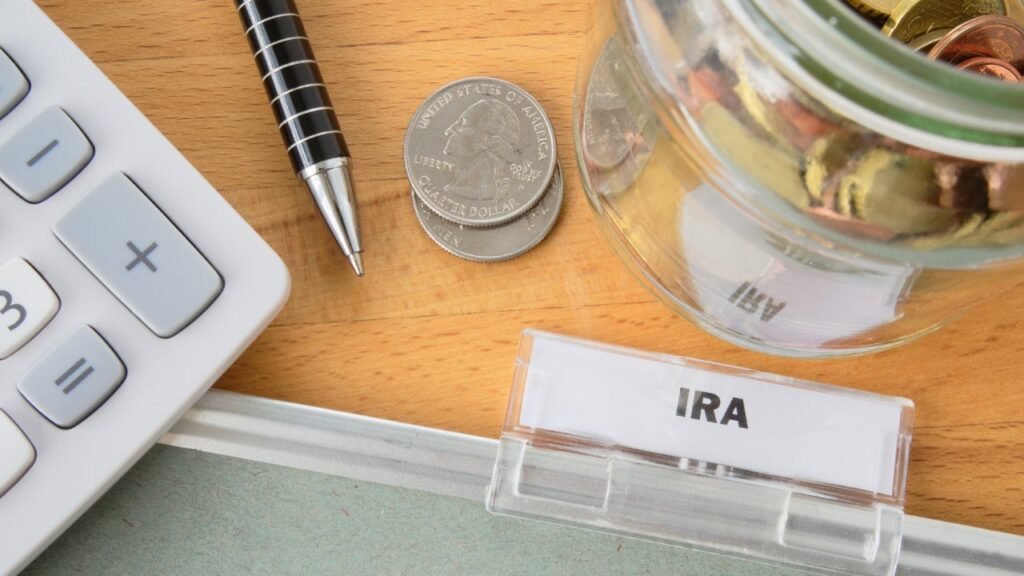Financial planning for the next generation can be made easier with custodial Roth IRAs, which offer unique tax advantages for retirement savings.
A custodial Roth IRA is set up by an adult, usually a parent, on behalf of a minor. Once the minor reaches legal adulthood, typically at age 18 or 21 depending on the state, they become the sole owner of the account. In addition to retirement savings, custodial Roth IRAs provide flexibility for tax-free and penalty-free withdrawals in the future.
Here’s a comprehensive guide to custodial Roth IRAs and how to establish one for your child’s financial future.
Understanding Custodial Roth IRAs
A custodial IRA allows your child to contribute after-tax dollars towards retirement savings, operating similarly to a regular Roth IRA. The main distinction is the involvement of a custodian, usually a parent or another adult, due to the account holder being a minor.
Rules of Custodial Roth IRAs
Custodial Roth IRAs follow the basic rules of traditional Roth IRAs, with additional regulations specific to accounts for minors. Here are key points to consider:
Eligibility
To qualify for a custodial Roth IRA, your child must have earned income, regardless of whether it was from traditional employment or other services. As long as the child earns taxable income, they can contribute to a custodial Roth IRA.
Contribution Limits
For 2024, the contribution limit for custodial Roth IRAs is $7,000 or the child’s total earnings for the year, whichever is lower. Contributions cannot exceed the child’s annual income.
Tax Implications
Contributions to custodial Roth IRAs are made with post-tax dollars, ensuring tax-free withdrawals in retirement. Unlike traditional IRAs, there are no income taxes on distributions from Roth IRAs.
Transition to Regular Roth IRA
Once the child reaches legal adulthood, the custodial Roth IRA must be converted to a regular Roth IRA in their name. It is essential to educate the child on this transition and guide them on managing the account.
Withdrawals
While withdrawals before retirement age are discouraged, penalty-free withdrawals can be made on contributions. Earnings withdrawals may be subject to taxes and penalties. Withdrawals must be used for the child’s benefit.
Types of IRAs for Children
Aside from custodial Roth IRAs, children have the option of traditional IRAs. However, Roth IRAs are generally more beneficial for children due to their lower tax rates and potential for tax-free growth.
Setting Up a Roth IRA for Your Child
To open a custodial Roth IRA, choose a reputable provider such as Fidelity Investments or Charles Schwab. The setup process is quick and straightforward, requiring basic information about you and your child.
After opening the account, collaborate with your child on contribution amounts and frequency. Consider matching their contributions, ensuring they do not exceed their annual earnings.
Benefits of Custodial Roth IRAs for Children
Key advantages of custodial Roth IRAs for children include long-term growth potential, early financial planning education, and flexibility for various life events besides retirement.
Custodial IRA vs. Traditional IRA
Both custodial Roth IRAs and traditional IRAs have their merits, but Roth IRAs are generally more suitable for children due to post-tax contributions and tax-free withdrawals.
Conclusion
Custodial IRAs are valuable tools for securing your child’s financial future from a young age, fostering important investment habits and ensuring long-term financial stability.
This article has been updated with contributions from Bankrate’s Logan Moore.

